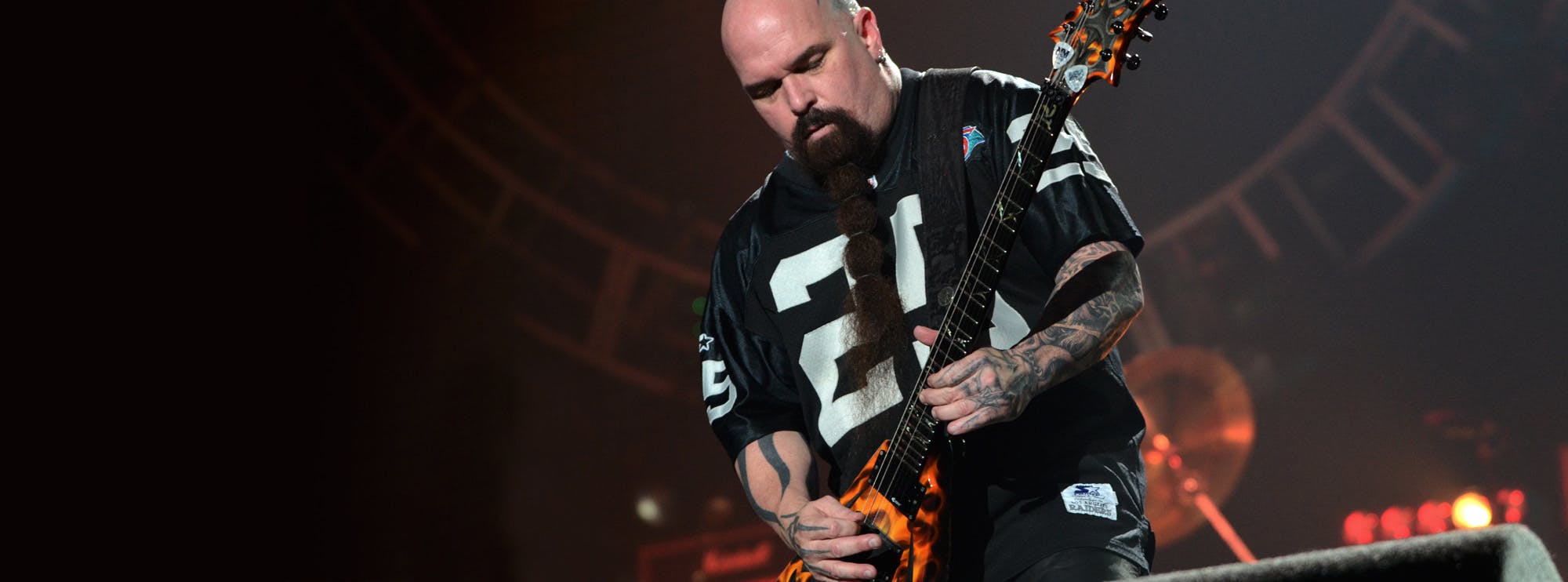"Lounge Act" by Nirvana: Guitar Lesson
Introduction
When you delve into the grunge era, Nirvana invariably stands as one of the monumental bands that altered the landscape of rock music. Lead guitarist Kurt Cobain was a paradox of sorts: his guitar techniques were simple, yet they managed to capture complex emotions and raw energy. "Lounge Act," a deep cut from their iconic 1991 album "Nevermind," exemplifies this well. Sam Bell takes you through the song, note for note.
Guitar Chords
The guitar work in "Lounge Act" is relatively straightforward yet extremely effective. The song primarily employs simple power chords to create its grunge aesthetic. You'll find the A5, C5, and G5 power chords in the main riff. The arrangement of these chords alone sets the tonal structure of the song, a simplistic but haunting arrangement that resonates deeply with listeners.
Guitar Scales
The song leans heavily on the minor pentatonic scale for its leads and melodic structure. Cobain often danced between this scale and the blues scale to embellish the emotional weight of his melodies. However, do not mistake the simplicity of the scales for laziness; it’s the way Kurt uses these scales that make the guitar work memorable.
Solo Analysis
Now, let's talk about the guitar solo, which in true Cobain fashion, isn't a shred-fest but rather a melodic passage that serves the song. The solo here doesn't diverge far from the melody of the song; instead, it doubles down on it. It reuses the minor pentatonic phrases to create a succinct and expressive statement. He plays in the A minor pentatonic scale and employs a lot of slides and a few well-placed bends. The lack of excessive technicality is a deliberate choice, which makes the solo more accessible and singable. It aligns well with Cobain's ethos of serving the song rather than showcasing his skills.
Kurt Cobain’s Guitar Playing Style
Kurt Cobain's guitar style was a blend of punk-rock rebelliousness and the raw emotion of the blues. His genius lay in how he could take basic techniques and scales and breathe new life into them, turning them into an extension of his voice. He also had a knack for crafting riff-centric songs, where the riff wasn’t just an introductory piece but a backbone for the entire song. This unique blend of simplicity and emotive power stands out clearly in "Lounge Act."
Guitar Techniques Employed
Let's identify some of the primary techniques Cobain utilised in this track. These techniques are both beginner-friendly and highly effective in capturing a particular mood or texture:
- Power Chords: The backbone of the song, used to create a gritty and raw sound.
- Slides: Cobain uses slides to make transitions between notes feel more fluid, especially in the solo.
- String Bending: Though sparingly, he employs bends to add color and tension to his phrases.
- Chord Progressions: Though simple, the progressions serve the song well and help to create an immersive soundscape.
- Harmonics: Used subtly to add a different sonic texture to the mix.
- Palm Muting: Used to give the riff a more percussive and tight sound.
- Hammer-Ons: Cobain uses this technique to make his leads more connected and smooth.
- Pull-Offs: Like hammer-ons, pull-offs are used for a smoother transition between notes.
These techniques may not be intricate, but when utilised effectively as Cobain does, they serve to showcase that sometimes, simplicity provides the most profound emotional impact. If you're an aspiring guitarist, "Lounge Act" offers a lot to study, particularly how to do a lot with a little. The song is a study in contrast, blending basic techniques to create a piece that is, in its own right, complex and deeply emotive.

About The Tutor
Tutor Profile
Sam Bell
Sam Bell has been playing guitar from the age of 4, since then he has played many styles from Funky Blues to screaming Metal/Fusion on 8 string guitar. A member of UK tech metal band ‘Mask of Judas’, he is also currently writing his own solo instrumental album. He also...




